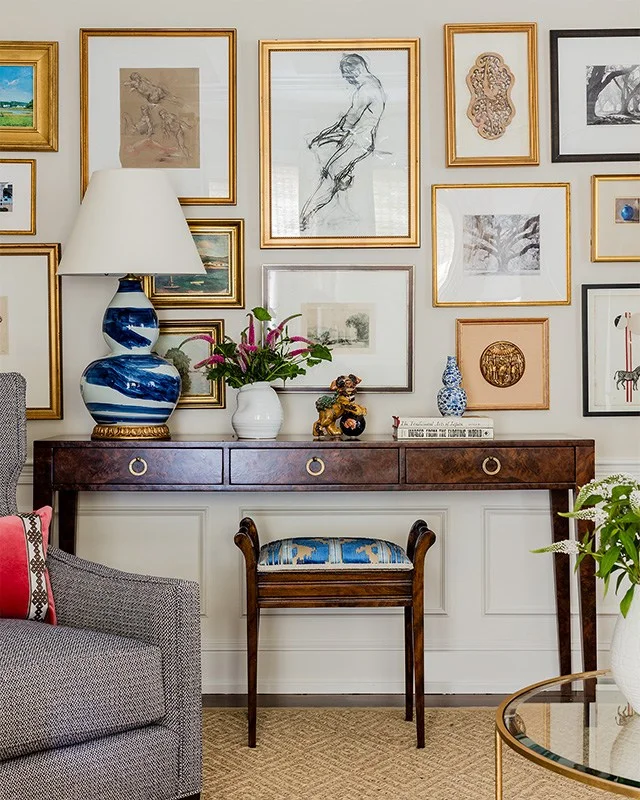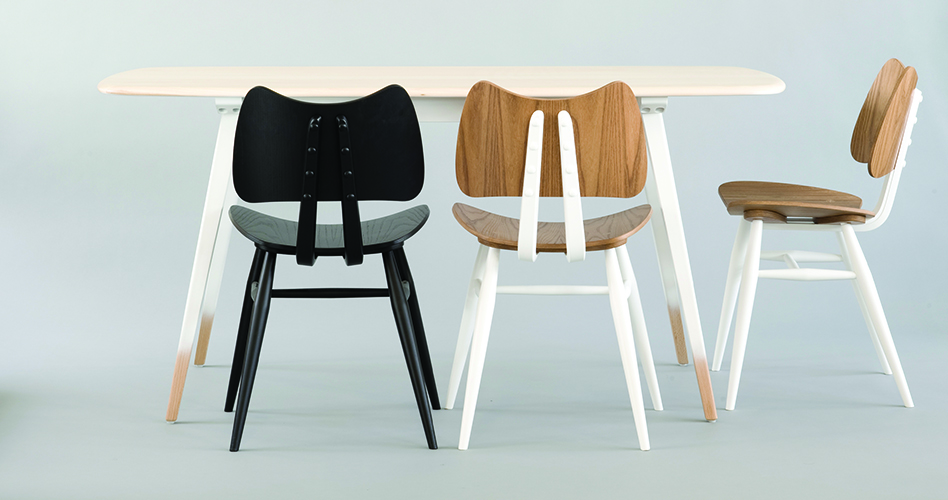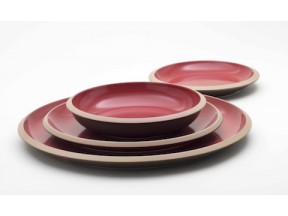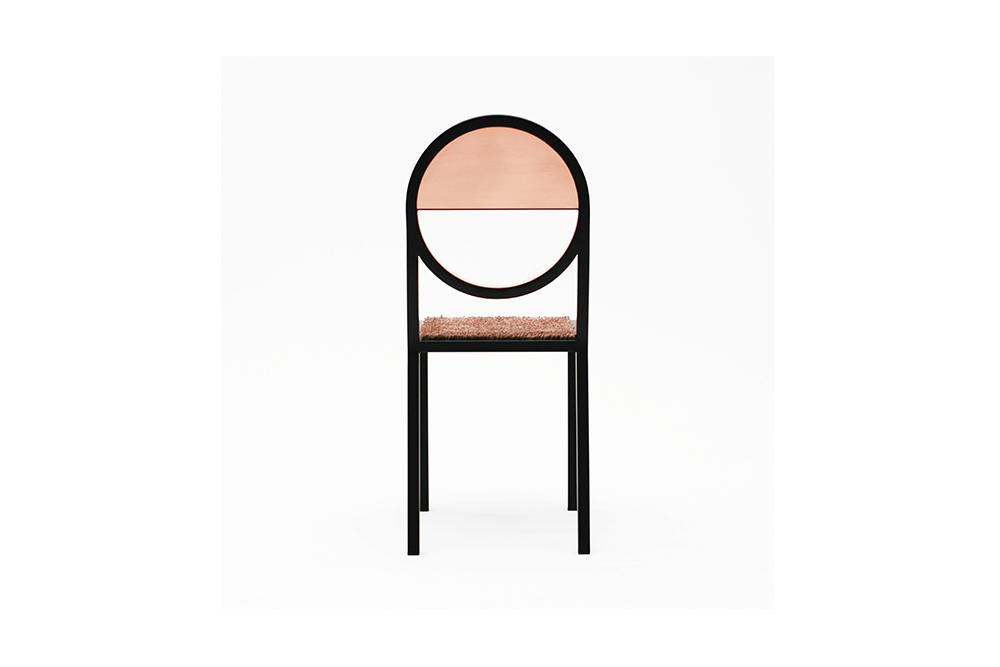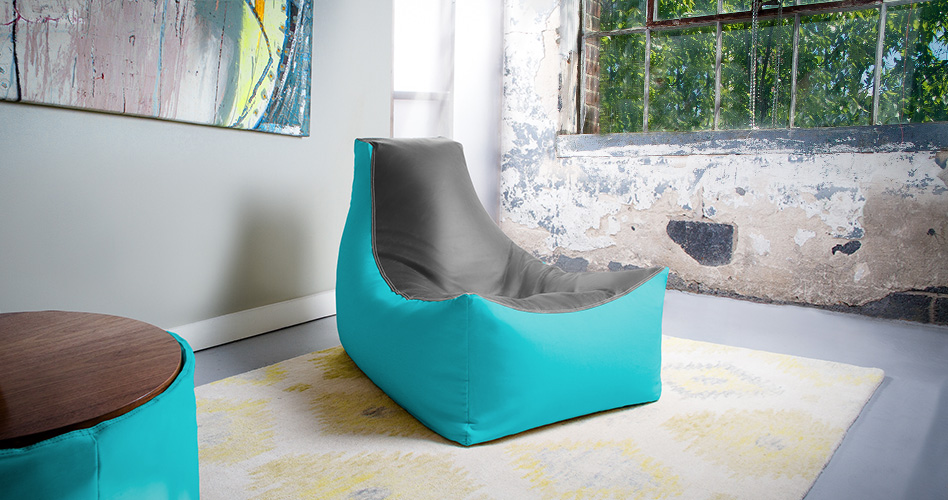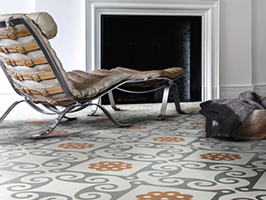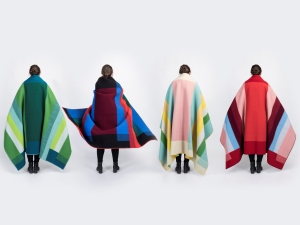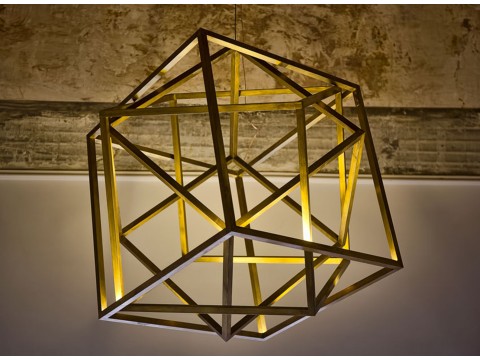One of the things I’m really looking forward to doing when I move is the decorating. I have so much art to hang and there’s so much gorgeous empty wall space for me to work with. Lately I’ve been obsessed with gallery walls, their compilation of collections; an amalgamation of sizes, shapes, and mediums and I long to create one in the main living area. In my opinion, art is the personal touch that makes a house a home.
Art is perhaps the single most reflection of one's self in a home. Highly personal, whether paint, photography, or mixed media, a piece of art can serve as an accessory or a focal point. Art adds color, personality, sophistication, even whimsy. It completes a space and is the perfect solution for those who want to add color but are afraid of bold paint or don't want the hassle of wallpaper. A wall filled with art, whether a large painting or a gallery, is a wall that tells a great story. But this takes time. It takes a while to grow one's art collection - piece by piece.
Many are intimidated by the process, worried that they'll buy the wrong thing, or haven't a clue where to start. Art shouldn’t be complicated. It should speak to you, whether it’s a photography, oil painting, watercolor or sketch. And art isn’t limited to just those items. You can add flags, old maps, posters, lithographs. You can frame old magazine covers and children’s art. I’m a huge fan of the latter!
Art needn't be expensive. But it should come from the heart. There's no right or wrong piece to purchase; beauty, after all, is in the eye of the beholder. The best places to start are by visiting craft fairs, art exhibits, tag, yard and garage sales, flea markets and antique shows. Galleries, even coffee shops, boutiques and salons have pieces for sale, often done by locals. Don't worry about whether you're making a good investment or not - if something speaks to you and you like it, it's a good investment!
Look for pieces that fit in with your existing decor. It's also ok to separate the two. Garage sales and consignment shops are great places to start, so are local design stores and boutiques. Another great way to source art is when you travel. I love picking up pieces from places I've been to. Not only do they make the best souvenirs but they're perfect reflections of one's lifestyle. If you have children, you have a budding collection right at your disposal! (Read here about displaying children's art elegantly in your home.)
Don't just focus on the main living areas - the dining, living and bedrooms, think about every room including kitchen and bathrooms, even hallways. Below are some examples of ways to hang and display art throughout your home. (Hover over each image to enlarge.)
I’ll be sharing the process of adding art to my new home… so stay tuned!
Some tips on hanging and displaying art:
A large piece is a great way to accent a room. It can anchor or fill a wall. That said, don't hang a small piece on a large wall unless there are others that will be hung with it.
Consider hanging artwork on bookcases, or placing them on the shelves.
To create a gallery wall work from the middle on out. If you don't have a lot to work with center what you do have in the middle of a wall, so that the room doesn't look off center or unbalanced.
Group by frames
Group by color
Group by black and white
Group by subject matter
Mix frames and art
Do include children's art
If you're coming up short, think of printing one of your own images. We all have phones and they all have images on them. Have fun. You could curate your own in-home gallery!
Shelves are a great way to display art either neatly lined up side by side, or layers by size
Places art on mantels
Install shelves specifically for showing art and photography
Do use caution when placing art in kitchens and bathrooms, the steam from both could ruin the artwork. Best sticking with framed images in these rooms, as opposed to images on canvas. Wipe down your frames from time to time.
Use particular caution in kitchens that aren't well vented - grease is carried in the steam and can place a film on everything. When hanging art in these rooms, be sure to show those that can easily be wiped down.
Image credits: Architectural Digest,. Bre Purposed, Country Living, Design Hunter, Domino, Elle Espagna, Home Edit, Life on Virginia Street, Luxe, New York Magazine, Sniply,. Style Curator, The Cut

